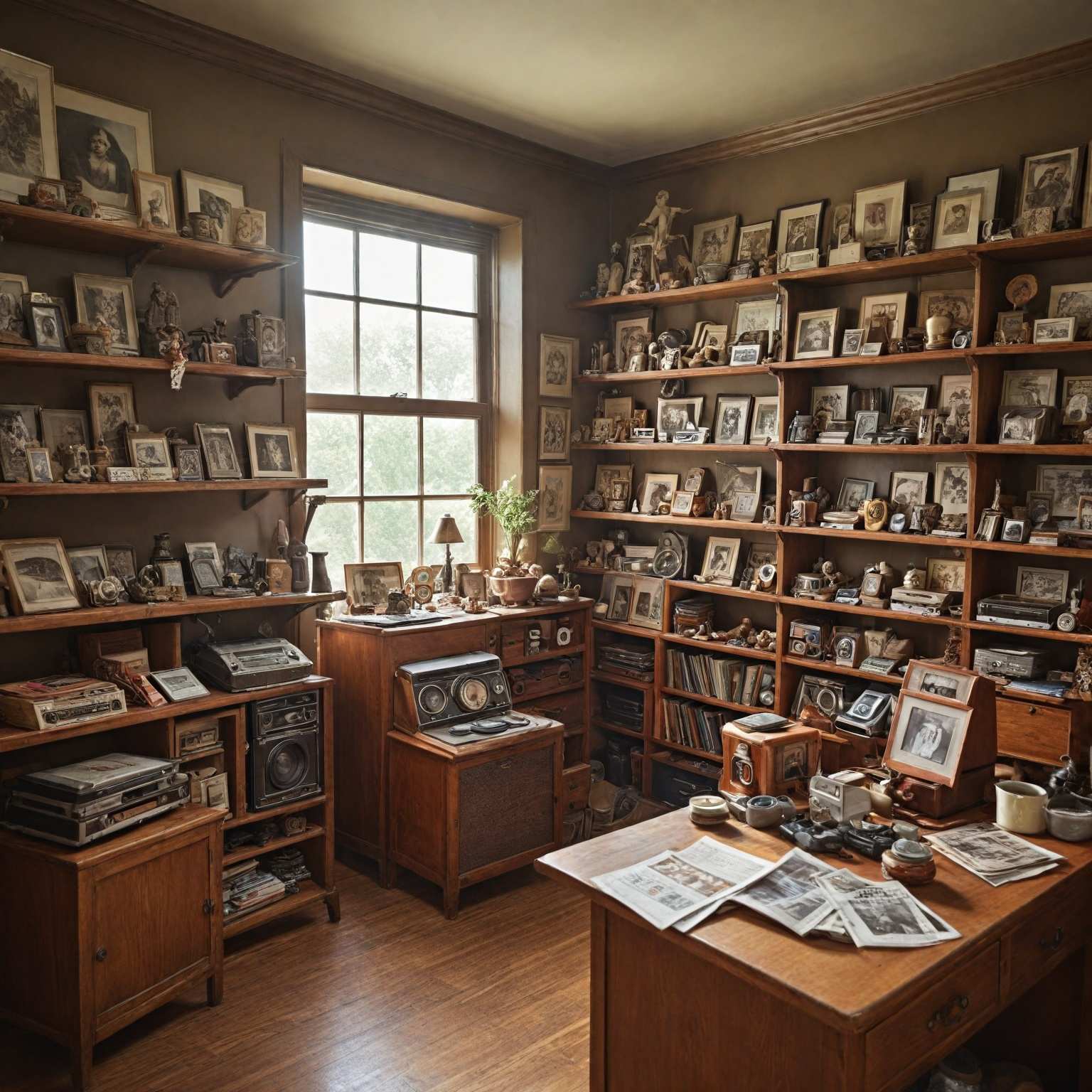Highlights
- Vintage household items are increasingly valuable, appealing to eco-conscious and nostalgic consumers alike.
- Millennials and Generation Z drive the booming second-hand market for unique and sustainable collectibles.
- Professional appraisals are crucial for accurately determining the worth of old household treasures amidst market complexities.

Summary and Historical Context
Old household items have shifted from practical and sentimental objects to valuable collectibles, driven by nostalgia, sustainability, and unique historical appeal. Vintage cameras, antique lunchboxes, Pyrex kitchenware, high-end stereo equipment, and nostalgic memorabilia attract diverse buyers, especially Millennials and Generation Z who favor eco-friendly reuse. The second-hand market grows rapidly, aided by AI, augmented reality, and improved logistics, connecting generations through culturally resonant items.
Historically, household goods reflect past lifestyles and cultural trends. Durable items like furniture and decorative glassware now serve as collectibles valued for rarity and condition. Environmental consciousness has boosted demand for used goods, supported by technological innovations making resale easier and more trustworthy. Collectibles also include vintage magazines and newspapers, bridging cultural history with economic value.
Profiles of Valuable Household Items
Vintage cameras from brands like Fuji, Nikon, and Kodak are prized for condition and rarity, sometimes fetching thousands. Antique lunchboxes, especially with original Thermoses, sell well due to nostalgia. Vintage kitchenware, notably Pyrex with distinctive patterns, is popular among younger collectors for design and durability. High-end vintage stereo equipment from the 1970s remains sought after by audiophiles. Designer vintage clothing and memorabilia tied to pop culture also command high prices, with value depending on condition, rarity, and provenance. Expert appraisal is recommended for accurate valuation.
Market Trends and Collectibility
The second-hand market for vintage household items grows 21 times faster than traditional retail, driven by younger consumers prioritizing sustainability and unique items. Higher-income buyers show strong participation. Technological advances such as AI personalization, AR visualization, and enhanced logistics improve the resale experience. Online platforms and social media facilitate market transparency and demand for nostalgic pieces like vintage Tupperware remains strong. Collectibility depends on condition, rarity, color, and demand.
Appraisal, Authentication, and Condition Grading
Professional appraisal is vital for authenticating and valuing old household items. Accredited appraisers provide detailed reports including provenance, condition, and market value, avoiding conflicts of interest by not purchasing appraised items. Authentication involves verifying originality through stylistic, material, and provenance analysis, with tools like spectrophotometers and physical tests. Condition grading systems vary by item type, distinguishing subtle differences that affect value, such as a 10-point scale for modern toys or C1-C6 ratings for real estate. Well-preserved items with minimal damage consistently command higher prices.
Preservation, Care, and Market-Specific Insights
Proper preservation and restoration maintain the value and integrity of vintage items. Restoration aims to return items to original condition, while preservation prevents further deterioration. Condition, including functionality and original finishes, is key for collectors. Vintage furniture and decorative accessories appeal to environmentally conscious buyers seeking unique home accents. Antique kitchenware, especially rare Pyrex patterns, and operational small appliances attract collectors. Vintage toys and memorabilia from popular franchises hold significant nostalgic and monetary value. Vintage lunchboxes remain collectible for their nostalgic designs.
Cultural and Economic Impact
The renewed interest in vintage household items fosters cultural connections across generations through shared memories and unique character. Economically, the second-hand market outpaces traditional retail growth, supported by environmentally conscious consumers viewing reuse as sustainable. Online marketplaces have expanded access, benefiting collectors and everyday buyers. The market creates jobs in restoration and preservation, enhancing item value. Vintage items, from kitchenware to furniture, have become valuable assets within this sustainable consumption model.
The content is provided by Sierra Knightley, Fact-Nest












